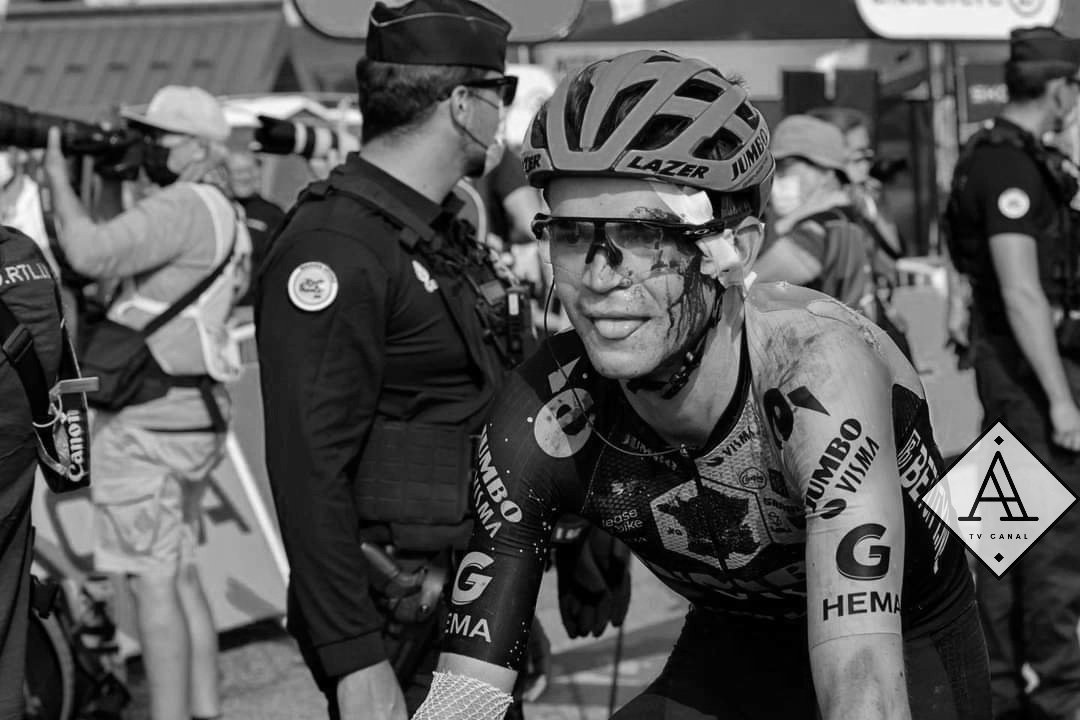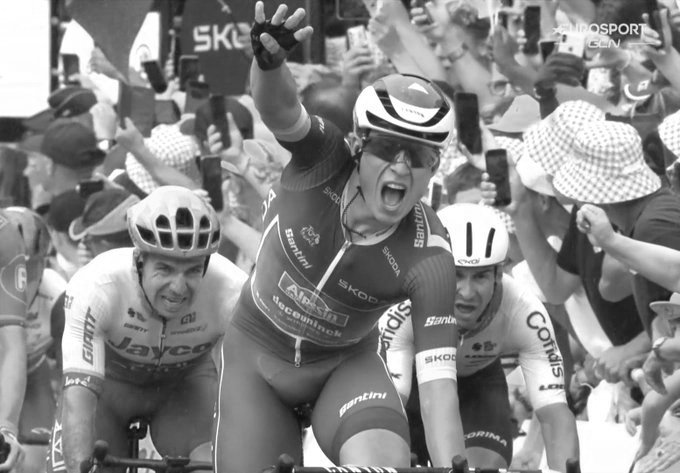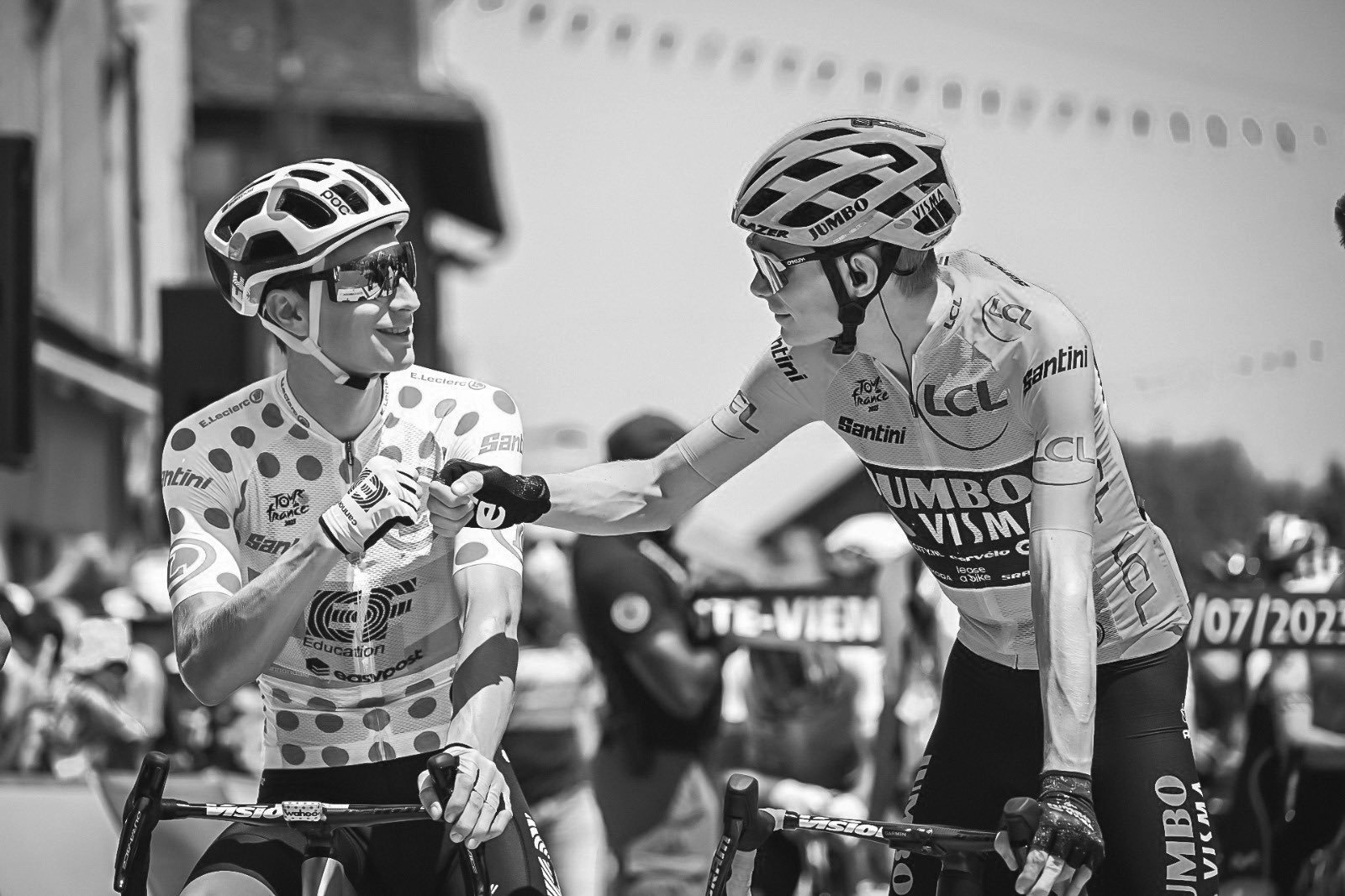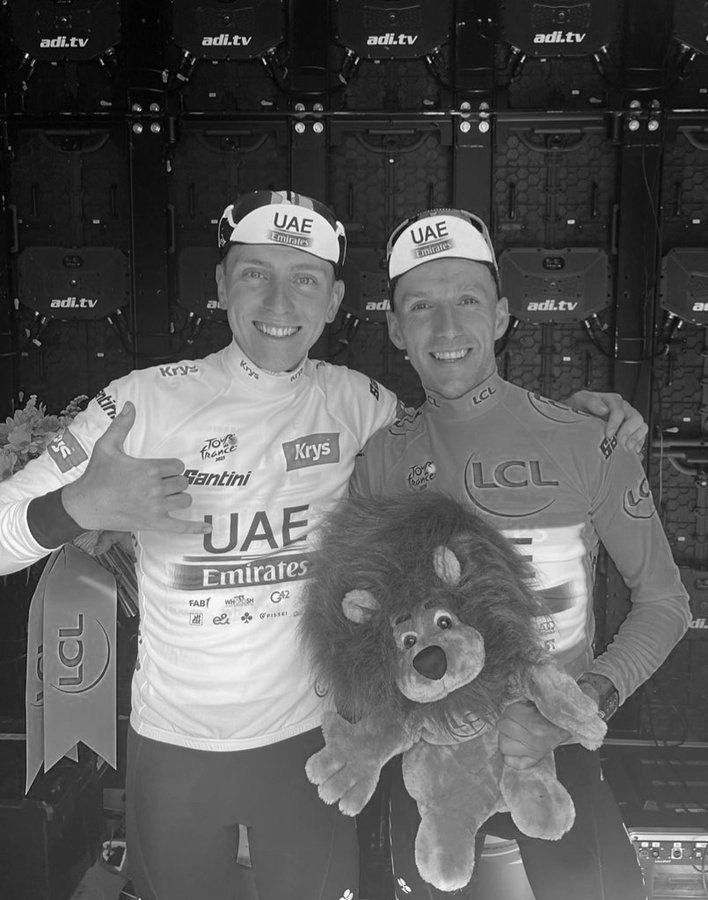FAQ: Giro d’Italia
The 2024 Edition
The 2024 Giro D’Italia is upon us! HDN previews the stages, teams, riders, and answers some frequently-asked questions below.
What is it?
It’s a bike race! In Italy! And it’s a long one…
Racers will compete from May 5-26, starting in Venaria Reale and finishing in Rome, for a total distance of 3,321.2km and 42,900m of climbing. One hundred and seventy-six riders (176) on twenty-two (22) teams will cover that distance in twenty-one (21) stages. Though not everyone will make it to the finish…
How do multi-stage races work?
Teams of riders compete throughout May, completing one stage of the 21-stage route per day, with a pair of rest days squirreled into the mix. You must complete each stage to advance to the next one and there is a time cutoff mandating that all riders must complete the stage within a certain amount of time to be eligible to ride the next one.
Race organizers will plan a route that challenges riders in multiple dimensions. There will be time trial stages to test the time trialists. There will be flat stages to give the sprinters a fast finish. There will be hilly stages to provide opportunities to the breakaway. There will be mountain stages to showcase the climbers and to separate the riders in great form from the riders in good form.
How do I watch?
Either wait at the roadside somewhere in Italy or tune in via television and streaming devices. Cycling fans in the United States, scrambling after the shutdown of GCN+, are left with one legal option: streaming via a “B/R Sports on Max” subscription. Which requires that you subscribe to Max, plus the B/R Sports add-on. Kind of expensive if you don’t already subscribe to Max and all you want is to watch the Giro.
Who are the major contenders?
Let’s cut to the chase. Tadej Pogacar has been on a tear in 2024, winning Strade Bianche, Volta Ciclista a Catalunya, Liège-Bastogne-Liège, and taking third at Milan-Sanremo. That’s a worthy lifetime of achievements for most riders, but the Slovenian is just getting started with an eye to ride and win all three Grand Tours.
Does anyone else stand a chance?
Two riders who have made an impact here before, Primoz Roglic (Bora-Hansgrohe) and Remco Evenepoel (Alpecin-Deceuninck), are skipping to rest up from injuries suffered at the Tour of the Basque Country. Jonas Vingegaard (Vismo-Lease a Bike) took a hard fall in the same race, although it was his teammate Wout Van Aert, out recovering from his own spill in the Tour of Flanders, who was more likely to take the starting line in Venaria Reale.
Who’s left?
Geraint Thomas (Ineos Grenadiers), Dani Martinez (Bora-Hansgrohe), Romain Bardet (Team DSM), Cian Uitdebroeks (Visma-Lease a Bike), and Ben O’Connor (Decathlon-AG2R) are all riders to watch. But it’s hard to imagine any of them challenging Pogacar if he’s even 80% of his recent form.
What do the riders compete for?
It’s a race – riders want first place! If you cross the finish line at the end of Stage 21 with the best cumulative time, you will win first place and take home the Trofeo Senza Fine. It’s a fine piece of hardware that’s been in circulation since 2000. Made from gold-plated copper, and weighing approx. 10 kg, it is 53 cm in height and 20 cm in diameter.
Trofeo Senza FineOutside of the first place trophy, there are still many ways to earn notice for excellent riding throughout the race. Riders can earn the right to wear different colored jerseys according to their cumulative time, points, or statistics as the stages progress.
The Maglia Rosa is the signature pink jersey of the Giro. The rider with the best overall time up to that point in the race will earn the right to wear the jersey in the next stage. The rider who has earned the right to wear the Maglia Rosa after the final stage is none other than the winner of the Trofeo Senza Fine, the overall winner of the race. But many riders will enjoy the privilege of wearing the pink jersey for a stage or two or three before the stage race concludes.
The Maglia Ciclamino is the mauve (sort of purple) sprinter’s jersey. This jersey is earned by accumulating points based on sprint finishes as pre-designated portions of the race. Sometimes the sprints are located at the finish line of a stage. Sometimes the sprints are located in the middle of a stage. Either way, riders will accumulate better or worse points for better or worse finishes. If you are leading the sprinter points classification after the end of the final stage, you are the overall winner of the sprinter’s jersey.
Prize jerseys in the Giro d’ItaliaThe Maglia Azzurra is the blue climber’s jersey. Throughout the 21-stage race, there are pre-designated climbs with determinate points up for grabs based on who crests the climb first, second, third, and so forth. As with the sprinter’s jersey, the rider who leads this points classification at the end of a stage will earn the right to wear the climber’s jersey for the next stage. If you are leading the climber points classification after the end of the final stage, again, you are the overall winner of the climber’s jersey.
Other types of riding excellence are recognized within the race, but the Maglia Bianca for the best young rider is likely the one most worthy of note. The white jersey is worn by the best young rider (under 25) in the race, judged by the best cumulative time as the stages progress. While still a great honor, the jersey has become somewhat irrelevant since under-25 riders have been winning the Grand Tours lately. You can’t wear a pink jersey and a white jersey at the same time. The jersey prize recalls a time when it took young riders more time to rise to the top of the sport.

















All 21 stages at the 2024 Giro d’Italia.